Soft Maple vs. Hard Maple: Which Wood is Right for Your Project?
- September 6, 2024
- 0 comment
Maple trees are a striking feature in any landscape, especially during fall when their leaves turn vibrant shades of red, gold, and yellow. Beyond their beauty, Maple wood is highly valued in woodworking for a wide range of projects, from fine furniture to durable flooring.

Widely found across North America, Maple is favored by woodworkers for its blend of affordability and durability. This combination of aesthetic appeal and practical utility makes Maple an exceptional choice for many woodworking needs.
What Are Soft Maple and Hard Maple?
1. Soft Maple
Soft Maple is widely appreciated in woodworking for its ease of use, making it a preferred choice for projects that require detailed carving and shaping.
Its affordability and availability also make it a go-to option for both professional and amateur woodworkers looking for a versatile material.
Additionally, Soft Maple’s ability to take stains and finishes well allows for a wide range of aesthetic possibilities in finished products.
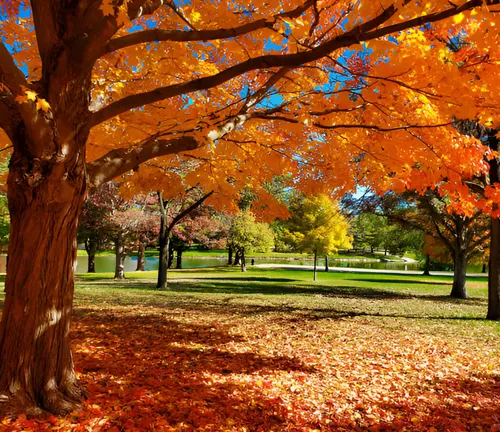
2. Hard Maple
Hard Maple is highly valued in woodworking for its exceptional durability and strength, making it ideal for projects that need to withstand heavy use.
Its fine grain and smooth finish also make it a top choice for high-end furniture and flooring, where both aesthetic appeal and longevity are crucial.
Furthermore, Hard Maple’s resistance to wear and dents makes it particularly suitable for surfaces that see frequent activity, such as kitchen countertops and workbenches.
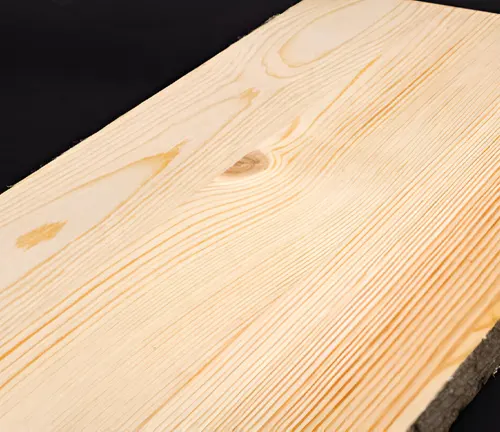
Comparison of Common Species in Soft Maple vs. Hard Maple
| Maple Type | Common Species | Characteristics |
|---|---|---|
| Soft Maple | Red Maple (Acer rubrum) | Medium to coarse texture, lighter weight, softer |
| Silver Maple (Acer saccharinum) | Lighter color, more susceptible to decay | |
| Boxelder (Acer negundo) | Pale white to light brown, less durable | |
| Bigleaf Maple (Acer macrophyllum) | Larger pores, more varied grain, softer | |
| Hard Maple | Sugar Maple (Acer saccharum) | Fine, uniform texture, very dense, durable |
| Black Maple (Acer nigrum) | Slightly darker, similar to Sugar Maple |
Physical Properties Comparison
Understanding the physical properties of Soft Maple and Hard Maple is crucial for selecting the right type of wood for your project. These properties include grain patterns, color, and hardness, all of which impact the wood’s appearance, workability, and durability.
1. Grain Patterns and Texture
The grain pattern of Soft Maple is often varied and wavy, adding a unique aesthetic to finished pieces. In contrast, Hard Maple has a fine, uniform grain that offers a smooth, consistent appearance. This makes Hard Maple ideal for projects that require a sleek, modern look.
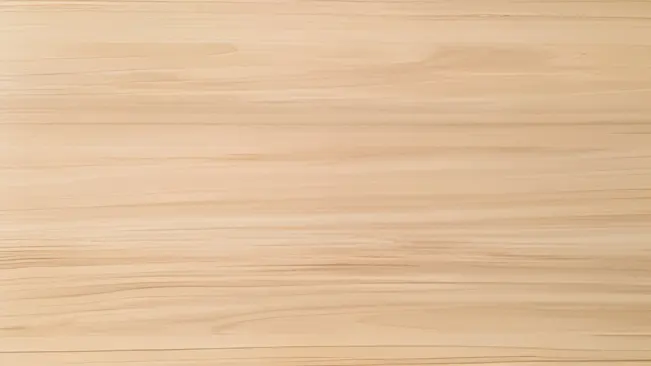
2. Color and Appearance
Soft Maple ranges in color from creamy white to reddish-brown, with more noticeable variation compared to Hard Maple. Hard Maple typically has a pale cream to light reddish-brown color that is more uniform, making it a preferred choice for applications where consistency is key.
3. Density and Hardness
Hard Maple is denser and harder than Soft Maple, with a Janka hardness rating of around 1450. This makes it more resistant to dents and scratches, ideal for high-traffic areas or heavy-use items. Soft Maple, with a Janka hardness between 700 and 950, is less dense, making it easier to work with but also less durable.
Physical differences between Soft Maple and Hard Maple:
| Physical Property | Soft Maple | Hard Maple |
|---|---|---|
| Density | Less dense, typically around 32-38 lbs/ft³ | More dense, typically around 44 lbs/ft³ |
| Hardness | Janka hardness between 700-950 lbs | Janka hardness around 1450 lbs |
| Grain Pattern | Varied, often wavy, with more pronounced grain | Fine, uniform, with a smoother texture |
| Color | Creamy white to reddish-brown, with more variation | Pale cream to light reddish-brown, more uniform |
| Texture | Medium to coarse texture | Fine, smooth texture |
| Workability | Easier to cut, shape, and carve | Harder to work with, can dull tools faster |
| Weight | Lighter due to lower density | Heavier due to higher density |
| Staining and Finishing | Absorbs stains well, versatile for various finishes | Requires sealing before staining for an even finish |
Workability and Finishing
The workability and finishing characteristics of wood are vital considerations, particularly for projects that involve intricate details or require a specific aesthetic finish.
1. Ease of Work
Soft Maple is generally easier to work with due to its lower density, making it a preferred choice for projects involving detailed carving or shaping. Hard Maple, while offering superior durability, can be more challenging to work with, potentially dulling tools faster and requiring more effort.
2. Staining and Finishing
Soft Maple absorbs stains well, making it versatile for a variety of finishes. This makes it an excellent choice for projects where a specific color or finish is desired. Hard Maple, on the other hand, often requires sealing before staining to ensure an even finish, especially due to its fine grain and higher density.
Durability and Applications
Durability is a critical factor when choosing wood for a project, especially if the finished product will be subjected to heavy use or high traffic.
1. Durability in Various Applications
Hard Maple’s superior density and hardness make it an excellent choice for projects that require enduring strength, such as high-traffic flooring and butcher blocks.
In contrast, Soft Maple is better suited for applications where extreme durability isn’t as critical, such as furniture and decorative items, offering sufficient resilience for everyday use without the need for the same level of toughness.
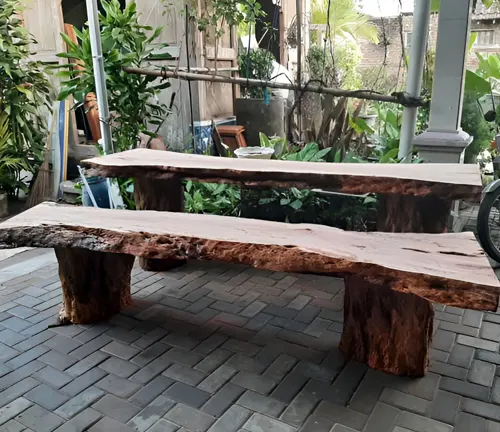
2. Best Uses
Hard Maple is often selected for projects where heavy use and impact resistance are paramount, like flooring or workbenches, due to its ability to withstand significant wear and tear. Soft Maple, with its easier workability and ability to take finishes well, is more commonly used in furniture making and decorative pieces where precision and aesthetic versatility are more important than sheer strength.
Durability and Applications
| Factor | Soft Maple | Hard Maple |
|---|---|---|
| Durability | Less durable, suitable for light use | Highly durable, ideal for heavy use |
| Best Uses | Furniture, decorative items, millwork | Flooring, butcher blocks, high-traffic items |
| Resistance to Wear | Moderate, not ideal for high-impact areas | High, excellent for surfaces exposed to wear and tear |
| Outdoor Suitability | Less resistant to moisture, needs treatment | More resistant to moisture, better longevity outdoors with treatment |
Cost and Availability
Cost and availability are essential considerations, particularly for large projects where budget constraints may be a factor.
1. Cost Comparison
Soft Maple is generally more affordable than Hard Maple, making it a cost-effective option for many projects. Hard Maple is more expensive due to its higher density and the additional processing required.
| Year | Soft Maple (per board foot) | Hard Maple (per board foot) | Notes |
|---|---|---|---|
| 2020 | $4.00 | $6.00 | Initial cost comparison |
| 2021 | $4.20 | $6.30 | Slight increase due to inflation |
| 2022 | $4.30 | $6.50 | Continued market growth |
| 2023 | $4.50 | $6.70 | Supply chain impacts |
| 2024 | $4.70 | $6.90 | Steady price increase |
2. Availability
Soft Maple is widely available from various species across North America, while Hard Maple is less abundant and primarily sourced from specific regions, which can affect its availability and price.
Table 5: Cost and Availability
| Aspect | Soft Maple | Hard Maple |
|---|---|---|
| Cost | More affordable, often less expensive by 20-30% | More expensive, reflecting higher demand and density |
| Availability | Widely available across North America | Limited to regions where Sugar Maple grows, higher demand leads to less availability |
| Regional Differences | More available in eastern and central U.S. | Predominantly found in northeastern U.S. and Canada |
| Sustainability | Sustainably harvested, available in FSC-certified options | Sustainably harvested, often more regulated due to specific regional growth |
Conclusion
The choice between Soft Maple and Hard Maple depends on your project’s specific needs. Hard Maple offers superior durability, making it ideal for heavy-duty applications like flooring, but it can be more challenging and costly to work with.
Soft Maple is easier to handle and more affordable, making it suitable for furniture and decorative projects where intricate designs and finishes are important. Understanding the differences in durability, workability, and cost will help you select the right wood for your woodworking projects, ensuring both quality and longevity.
Frequently Asked Questions (FAQ’s)
- What is the main difference between Soft Maple and Hard Maple?
Hard Maple is denser and more durable, while Soft Maple is lighter and easier to work with. - Which is better for furniture, Soft Maple or Hard Maple?
Soft Maple is better for most furniture due to its ease of use, but Hard Maple is ideal for heavy-use items. - Can Soft Maple be used for flooring?
Yes, but Hard Maple is preferred for flooring due to its higher durability. - How does the price of Soft Maple compare to Hard Maple?
Soft Maple is generally 20-30% cheaper than Hard Maple. - Is Hard Maple harder to work with than Soft Maple?
Yes, Hard Maple is more difficult to work with because of its higher density. - What are the best applications for Hard Maple?
Hard Maple is best for flooring, butcher blocks, and high-traffic furniture. - Does Soft Maple take stains and finishes well?
Yes, Soft Maple takes stains and finishes very well, making it versatile. - Is there a significant color difference between Soft Maple and Hard Maple?
Soft Maple has more color variation, while Hard Maple has a more uniform light color. - Can Hard Maple be used outdoors?
Yes, with proper treatment, Hard Maple can be used outdoors. - Which type of Maple is more environmentally sustainable?
Both can be sustainably harvested, but Soft Maple may be slightly more sustainable due to its faster growth.
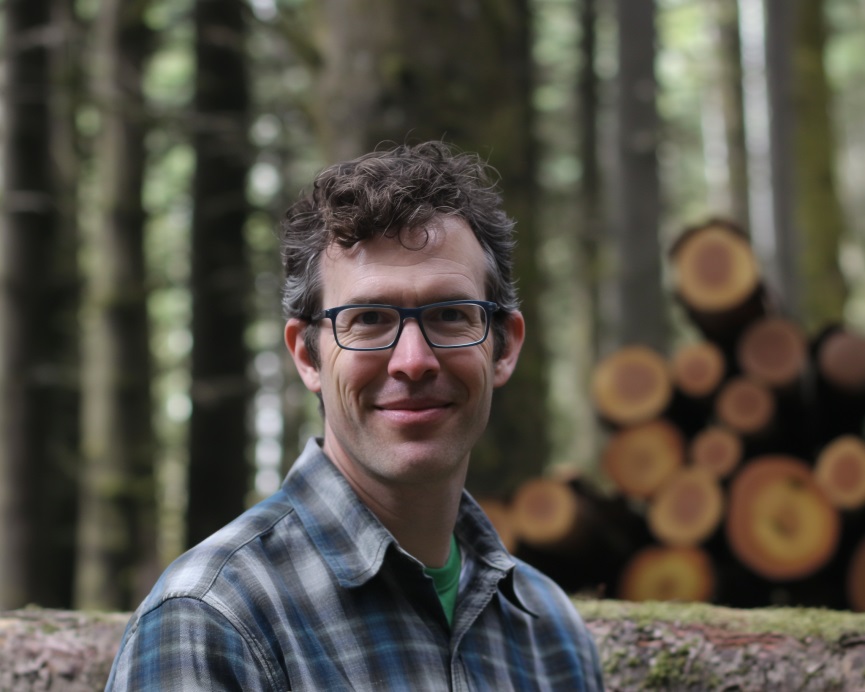
James Wilson
Forestry AuthorJames Wilson has over 15 years of experience in forestry economics, specializing in sustainable practices, investment opportunities, and financial management. He has contributed to notable publications like "Forestry Today" and "EcoFinance Journal" and is known for providing practical and insightful advice. With a degree in Environmental Economics, James stays updated through continuous learning and active participation in industry discussions. Outside work, he enjoys hiking and nature photography, bringing a well-rounded perspective to his professional role.

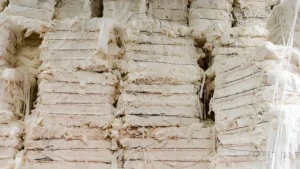
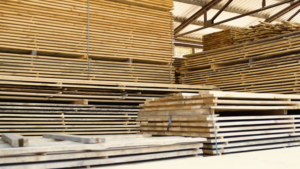
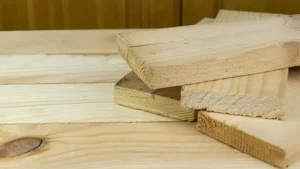
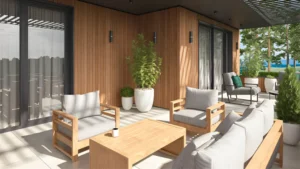
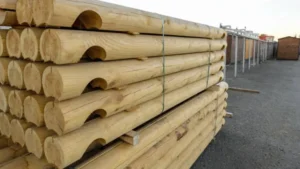

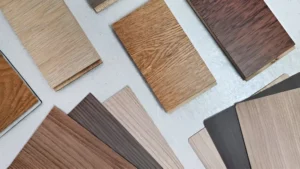
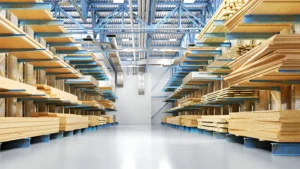
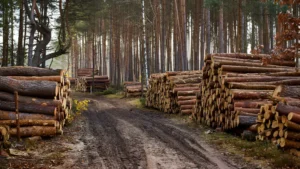
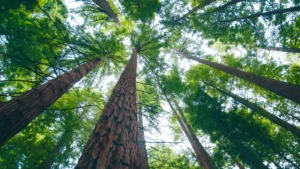
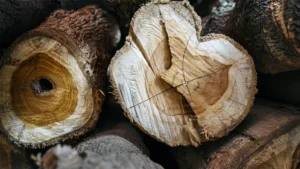
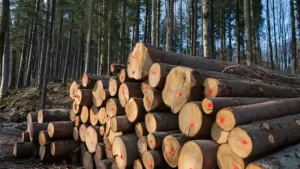
Leave your comment